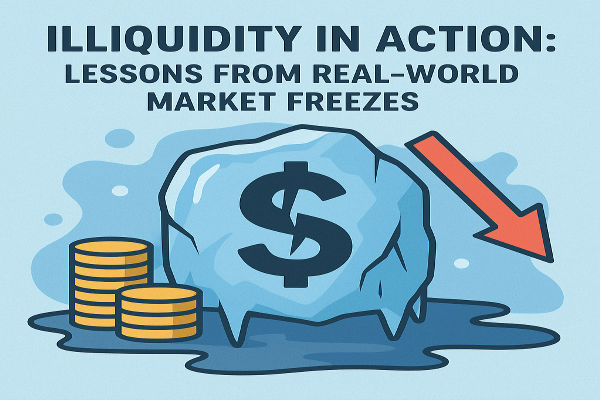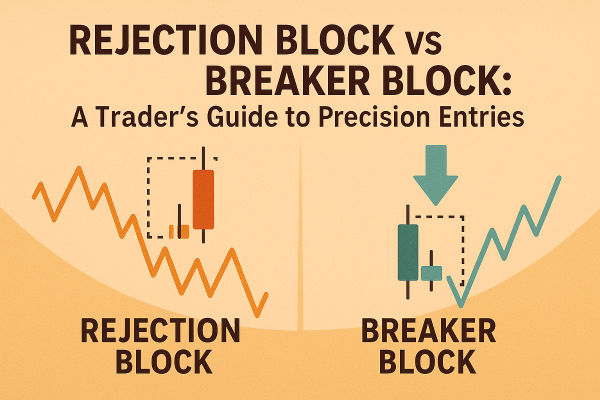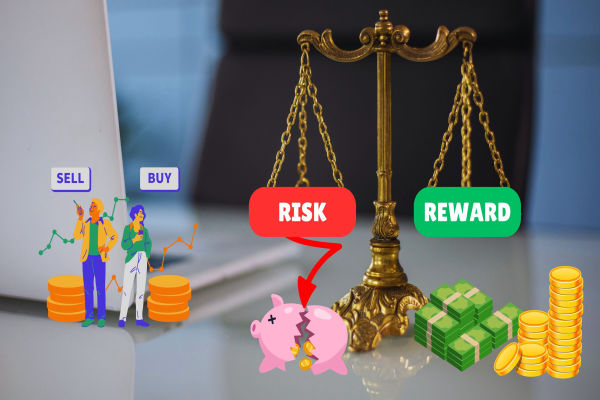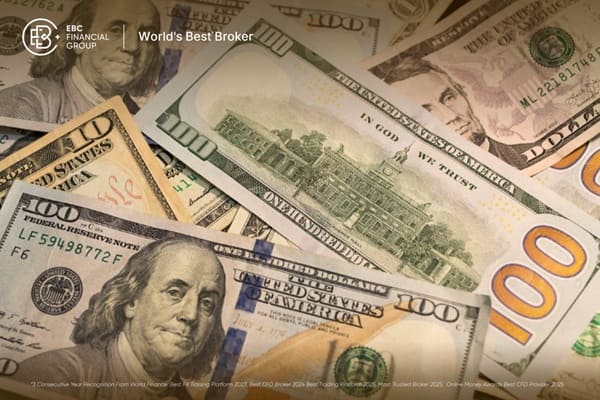The quest for the perfect oil trading strategy has captured the imagination of countless traders, from newcomers in search of quick gains to seasoned professionals chasing consistency in volatile markets.
But here's the truth most won't tell you: there may be no such thing as a perfect strategy, only a suitable one tailored to your style, goals, and risk appetite.
Why Everyone Wants the “Perfect” Oil Trading Strategy
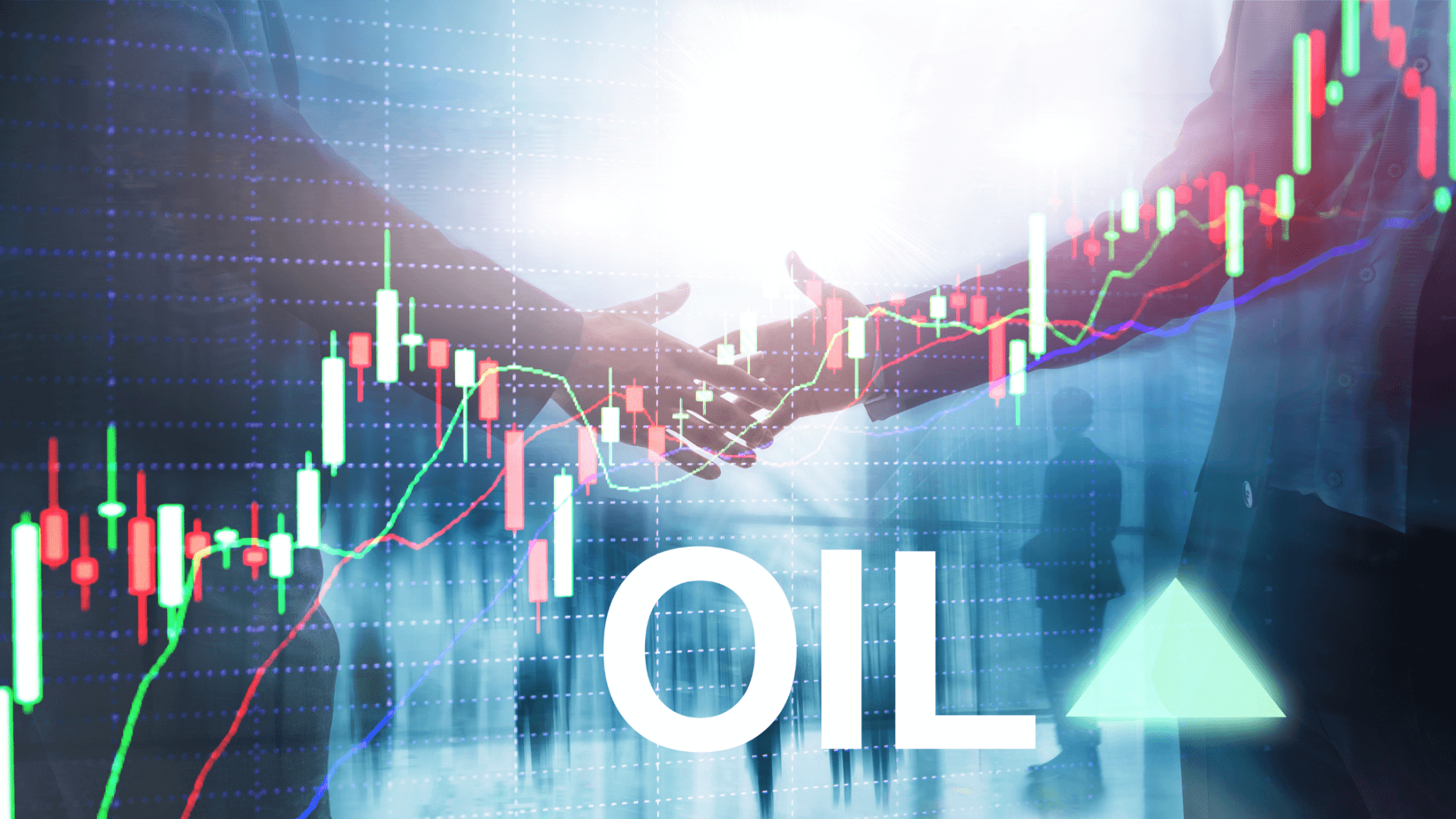
Oil markets are notoriously volatile, swayed by geopolitics, OPEC announcements, inventory reports and global economic shifts. This unpredictability tempts traders into believing that somewhere out there is a magical formula, an oil trading strategy that works every time, under every condition.
But perfect strategies, much like unicorns, are more myth than reality.
Instead, what exists is a spectrum of strategies that serve different purposes. Swing trading, trend-following, spread trading and news-based strategies all work, but only under the right conditions.
The Fundamentals Come First
A truly effective oil trading strategy always starts with understanding the fundamentals. Crude oil supply and demand is at the heart of price movement. Key reports like the EIA Petroleum Status Report and events like OPEC+ meetings influence supply outlooks, while economic growth forecasts impact global demand.
Successful traders do not just follow charts. They follow the news, anticipate decisions and interpret market sentiment.
Without grasping the fundamentals, no technical pattern will consistently save a trade.
Technical Tools Are Tools, Not Crutches
Many traders build their oil trading strategy entirely around technical indicators: moving averages, Bollinger Bands, RSI, MACD. These tools have their place, but they are not foolproof.
For example, relying solely on RSI may lead to premature entries in strong trends. Likewise, Fibonacci retracement can signal support and resistance zones, but in fast markets, those zones may be completely ignored.
The real secret is not the tool, but how you combine tools with context, using volume data, fundamental news and price action together to create a well-rounded strategy.
Backtesting: The Most Overlooked Step
Before deploying any oil trading strategy live, backtesting is crucial. Yet, many skip this step or only test under ideal conditions. That is a recipe for disaster.
Backtesting your oil trading strategy across multiple market conditions, from high volatility to stable periods, shows whether your rules are flexible or fragile.
Do your entries perform better during the US session or Asian session? How does your stop-loss perform during major news events? These are the real-world questions that backtesting answers.
Why Risk Management Is Half the Strategy
Even the most well-crafted oil trading strategy can be undone by poor risk management. Many traders focus all their energy on entries and ignore the exit plan. That is a mistake.
A good strategy must include:
In oil trading, where prices can spike or crash within minutes, these elements are not optional. They are essential.
Adaptability Beats Perfection
Perhaps the most powerful truth is this: the best oil trading strategy is one that adapts.
Markets evolve. What worked in 2022 may fail in 2025. Algorithmic trading, changes in global energy policy and the rise of renewables all influence price dynamics.
Top-performing traders treat strategies as living systems, constantly monitored, tweaked and refined. They do not chase perfection. They build resilience.
What Professionals Actually Use

Professional oil traders rarely rely on a single rigid system. Instead, they use frameworks. A professional oil trading strategy typically includes:
A bias (bullish, bearish or neutral) based on fundamentals
A trigger (for example, price breaking resistance with volume)
A rule-based entry and exit system
A hedging mechanism (such as options or spread trades)
Continuous performance review
This may not sound glamorous, but it is what works in real trading rooms: disciplined, structured and flexible.
Common Pitfalls to Avoid
Traders chasing the “perfect” oil trading strategy often fall into traps:
Over-optimisation: creating a strategy that works on historical data but fails live
Lack of testing: skipping forward testing or paper trading
No risk control: betting big without clear stop levels
Strategy-hopping: constantly switching methods after small losses
Avoiding these is more important than discovering some holy grail indicator.
Final Thoughts
The real truth behind the perfect oil trading strategy is that perfection is a moving target. There is no universal solution, only personalised approaches backed by research, discipline and emotional control.
If you are waiting for the market to bend to your rules, you will wait forever. But if you are willing to learn, adapt and evolve, then your strategy, while not perfect, will be powerful.
Disclaimer: This material is for general information purposes only and is not intended as (and should not be considered to be) financial, investment or other advice on which reliance should be placed. No opinion given in the material constitutes a recommendation by EBC or the author that any particular investment, security, transaction or investment strategy is suitable for any specific person.













